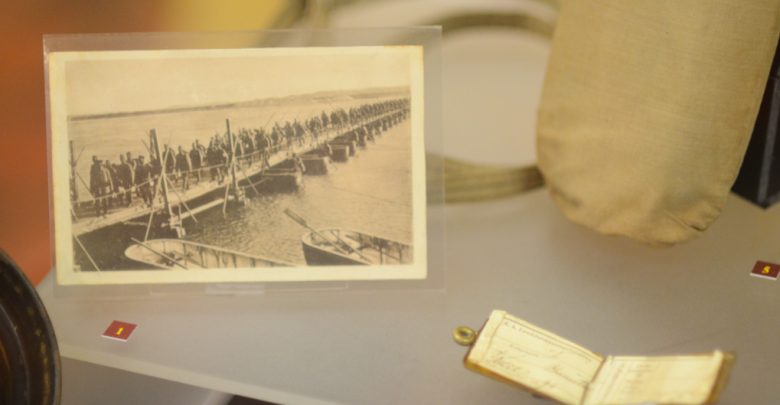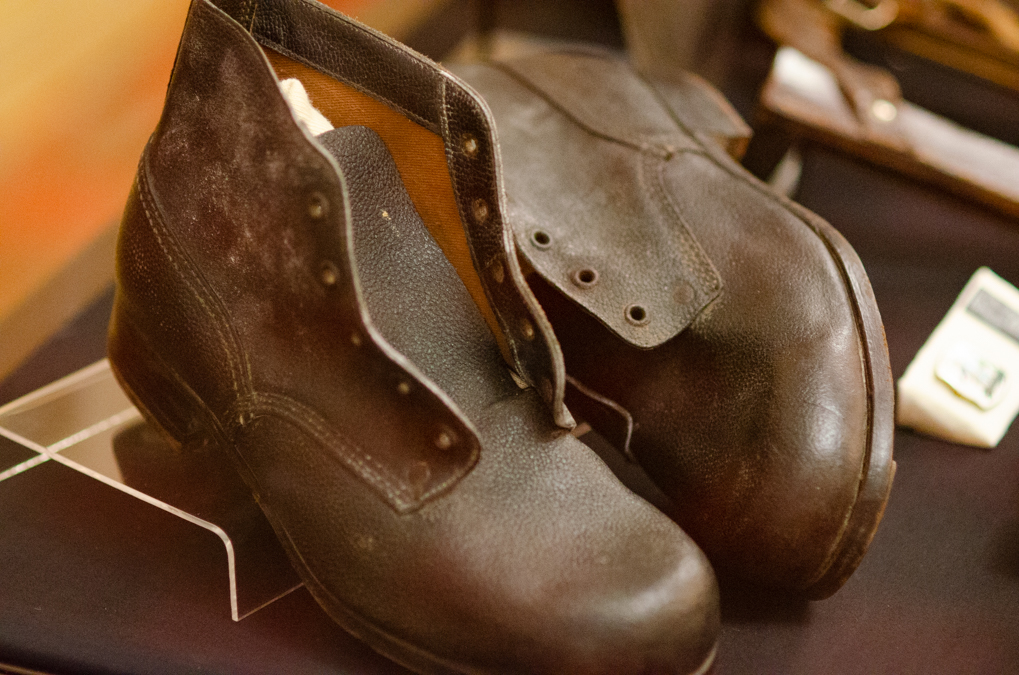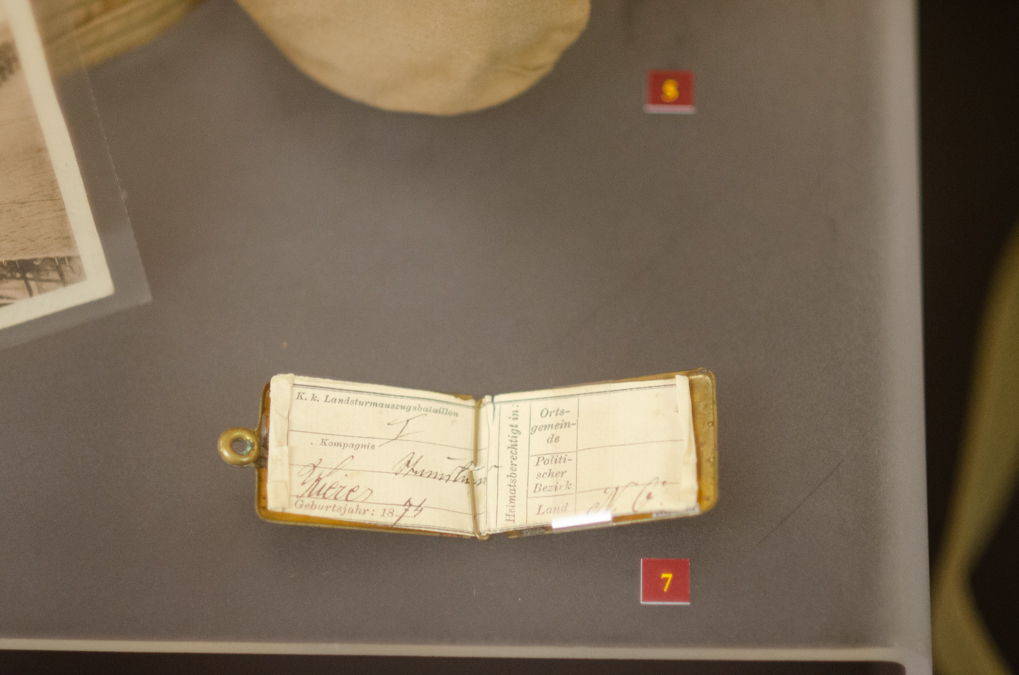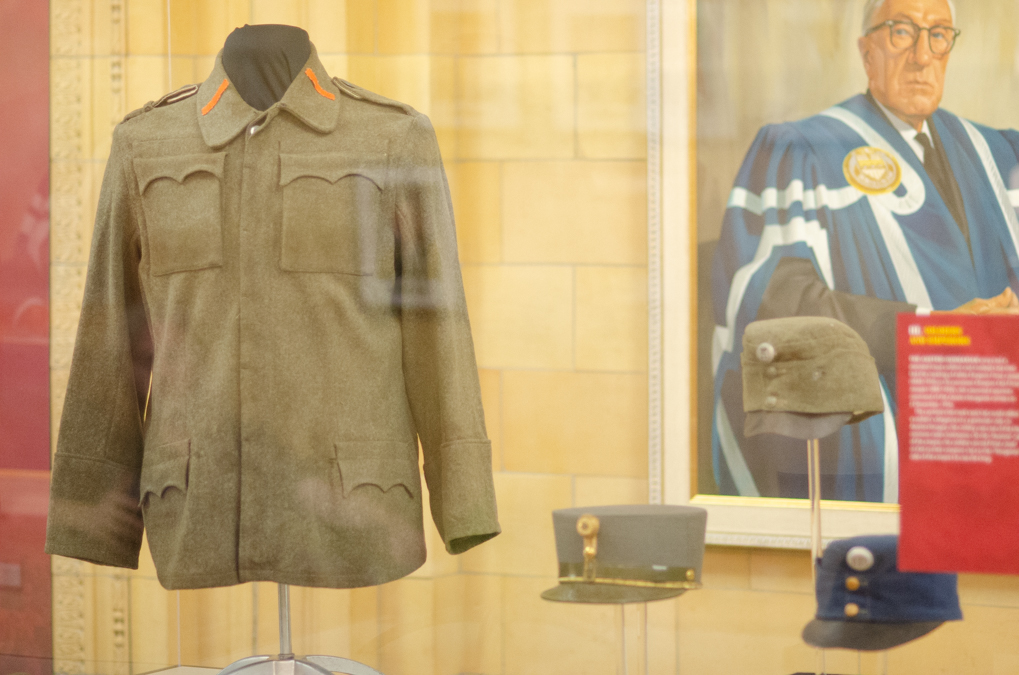 Adam Lachacz
Adam LachaczA new University of Alberta exhibition showcases artifacts and stories from the often forgotten Eastern Front of the First World War.
From August 29 to November 14, visitors can view the Forgotten Fronts exhibition which contains artifacts from the Austro-Hungarian empire, one of the Central Powers in the First World War. The free exhibit takes place on the third floor of the Arts and Convocation Hall and is a joint production between the Wirth Institute for Austrian and Central European Studies, U of A Museums, and the department of history and classics.
Joseph Patrouch, history professor and curator of the exhibition, said many Canadians focus on the events on the Western Front, primarily Belgium and France, instead of other zones due to the locations where Canadian forces were stationed. He hopes the exhibit will shine a light on the unique aspects of the other, often forgotten, battlegrounds.
“We cannot forget the other side of the war,” Patrouch said. “There were men fighting valiantly on both fronts… We should remember all who participated in this historical event.”
According to Patrouch some of the most interesting pieces of the exhibit include snow goggles, a pair of leather boots, and a dog tag. For him, the snow goggles show the different environment the Eastern Front was fought on. On the Western Front, soldiers fought in trenches and mud.
“Here they are fighting in the Alps, in the mountains, Patrouch said. “These were brutal winter conditions that were absolutely difficult to fight in.”
Patrouch said the leather boots show how ill-equipped and unprepared the Austro-Hungarian army was for fighting in “brutal winter” conditions.
“I don’t know about you, but when I go to Banff or Jasper, these are not the type of boots I would wear,” he said. “These seem stiff, heavy, and not very warm.”

Patrouch added the dog tag is the most humanizing piece of the exhibit as it showcases how one person’s identification was reduced to a few lines on a piece of paper enclosed in a metal holder.
“This shows all kinds of intimate details that get lost in the grand scheme of history,” he said. “This person was 40 years old during the war and was a reservist… called up to participate in a life-altering conflict.”

Jillian Horbay, communications and marketing coordinator for U of A Museums, said the exhibit is not designed to showcase specific events of the war. Instead, it depicts the everyday experience of soldiers and people during wartime.
“This exhibit is all about humanizing or personalizing the traumatic experience of war,” she said. “Often we just hear of the number of soldiers who fight battles… They are not just faceless armies. Each of those were people with families and their own stories to tell.”
All artifacts displayed in the exhibit were donated to the U of A by John Kellett, who privately maintained an extensive collection of hundreds of Austro-Hungarian objects in Toronto. Patrouch said Kellett approached the U of A three years ago about donating his artifacts because he was running out of space in his personal collection and wanted to ensure that future generations would be able to appreciate the historical value of the items.
The rest of Kellett’s collection is in storage and is accessible by students and faculty through the U of A Museums Alberta Art Collection. The collection is one of 29 other exhibits that are part of the U of A Museums network.

Patrouch said the exhibit was placed in the Arts and Convocation Hall to pay homage to the building’s identity as a memorial for all U of A students, staff, and faculty who fought and were active in service within the First World War. The building and the organ inside Convocation Hall were dedicated to them.
“Many who went [and participated] never returned home,” Patrouch said. “The whole building has a connection to the war. It was first opened during the wartime and was dedicated as a memorial after…. This is a fitting place to showcase more about the First World War.”
Correction – November 13, 2018: An earlier version of the article stated that the Austro-Hungarian empire was part of the Axis powers in the First World War.




